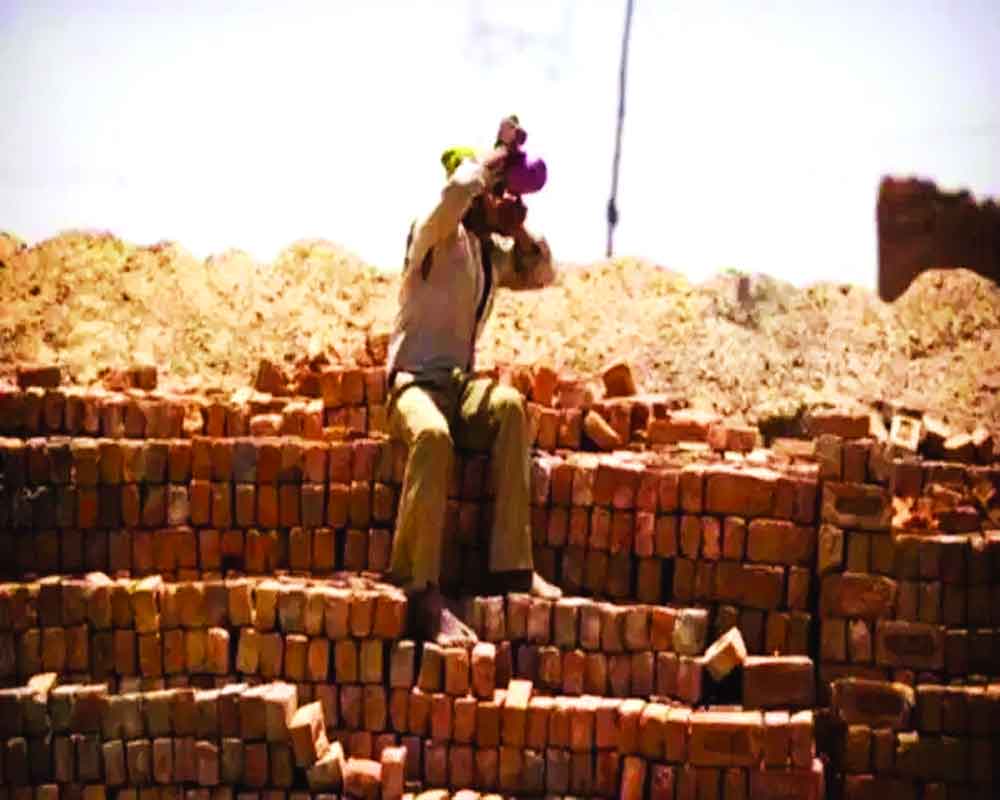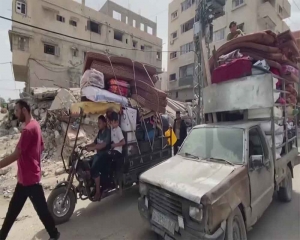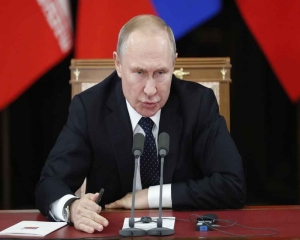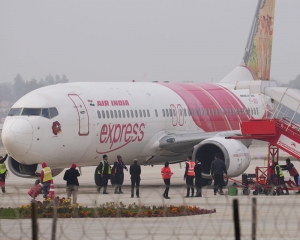As India prepares for intense heat waves ahead, the National Disaster Management Authority (NDMA) has, for the first time, begun crafting heat mitigation solutions tailored to the needs of vulnerable groups such as street vendors, slum dwellers, traffic policemen, and construction workers.
This initiative comes amid concerns that the existing Heat Action Plans have failed to prioritise these marginalised populations, who bear the brunt of the heat, as highlighted by the Centre for Policy Research, a think tank.
With February 2023 recorded as the warmest month since 1901 and the situation likely to worsen this year and beyond, Heat Action Plans have become a significant tool to prepare for the onslaught of global warming. The world also experienced extreme heatwaves the previous year, with reports indicating that the number of hot days lasted for 280 days between March and May in India.
Indeed, the impact of heatwaves on traffic cops, construction workers, and vendors is significant, as they are often among the most exposed to scorching temperatures and harsh working conditions.
To ensure these vulnerable groups are not overlooked, the National Disaster Management Authority recently held a two-day national workshop on Management Interventions and Mitigation Strategies for Heat Wave.
For the first time, representatives from these segments were invited, allowing their lived experiences to be noted to help design heat mitigation solutions that address their concerns. Additionally, district collectors from selected districts also shared their experiences in implementing HAPs.
“By actively involving these frontline workers in the planning process, we are ensuring that their voices are heard and their experiences are taken into account. This collaborative approach not only enhances the effectiveness of heatwave preparedness efforts but also fosters a sense of ownership and empowerment among those most directly affected,” said an official from the NDMA.
As they perform physical labour during the hottest hours of the day, these workers can provide firsthand accounts of the difficulties they encounter, including heat-related illnesses, dehydration, and fatigue. Their input is crucial for developing comprehensive heatwave preparedness plans that address their specific needs and concerns, added the official.
For instance, consider the case of traffic cop Harish Chaudhary (name changed). Last year, as the sun beat down relentlessly, he was stationed at one of the city’s busiest intersections, where traffic congestion was a daily occurrence. Throughout the day, he endured the harsh conditions, with the heat intensifying with each passing hour. Insights from individuals like him can inform strategies for ensuring their safety and well-being, such as providing adequate shade, hydration facilities, and scheduling breaks during the hottest parts of the day, in addition to offering training on recognising and managing heat-related illnesses.
Kiren Rijiju, Union Minister of Earth Sciences, highlighted the escalating frequency and intensity of heatwaves in recent years, exacerbated by climate change, in his inaugural address.
He commended the timing of the workshop, being conducted in February, well ahead of the summer season, allowing for a thorough review of Heat Wave preparedness for Summer 2024.
Dr. M Ravichandran, Union Secretary of the Ministry, emphasized the importance of the workshop in addressing various critical aspects of heatwave management, such as early warning systems, health impacts, infrastructure resilience, and the phenomenon of urban heat islands. He stressed the value of experience sharing among states to enhance preparedness for the upcoming heatwave season.
Kamal Kishore, Member and Head of NDMA, reiterated the significance of continuously improving Heat Action Plans (HAPs) developed by states, districts, and cities based on lessons learned from previous seasons. He emphasized the need to not only focus on saving lives but also on safeguarding livelihoods from the adverse effects of heatwaves, requiring collaboration across different sectors.
The workshop was structured into six thematic sessions, including early warning systems, health impacts, infrastructure resilience, field experiences, urban heat islands, and Heat Action Plans.
According to the report ‘How Is India Adapting to Heatwaves?: An Assessment of Heat Action Plans With Insights for Transformative Climate Action’ by the CPR, the majority of HAPs use thresholds for national heatwaves, which may not be appropriate for the dangers experienced by local communities. It noted that only two HAPs conduct and report vulnerability analyses, systematic studies to locate where the people most likely to be affected are in a city, district, or state.
Between 2003 and 2022, approximately 10,000 people have died in India due to exposure to heatwaves, according to IMD records. The IMD also reports that there has been a rise of 34 percent in deaths due to heat waves between 2003-2012 and 2013-2022.


























